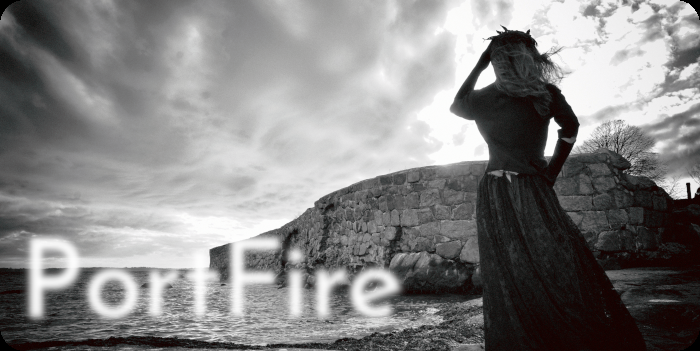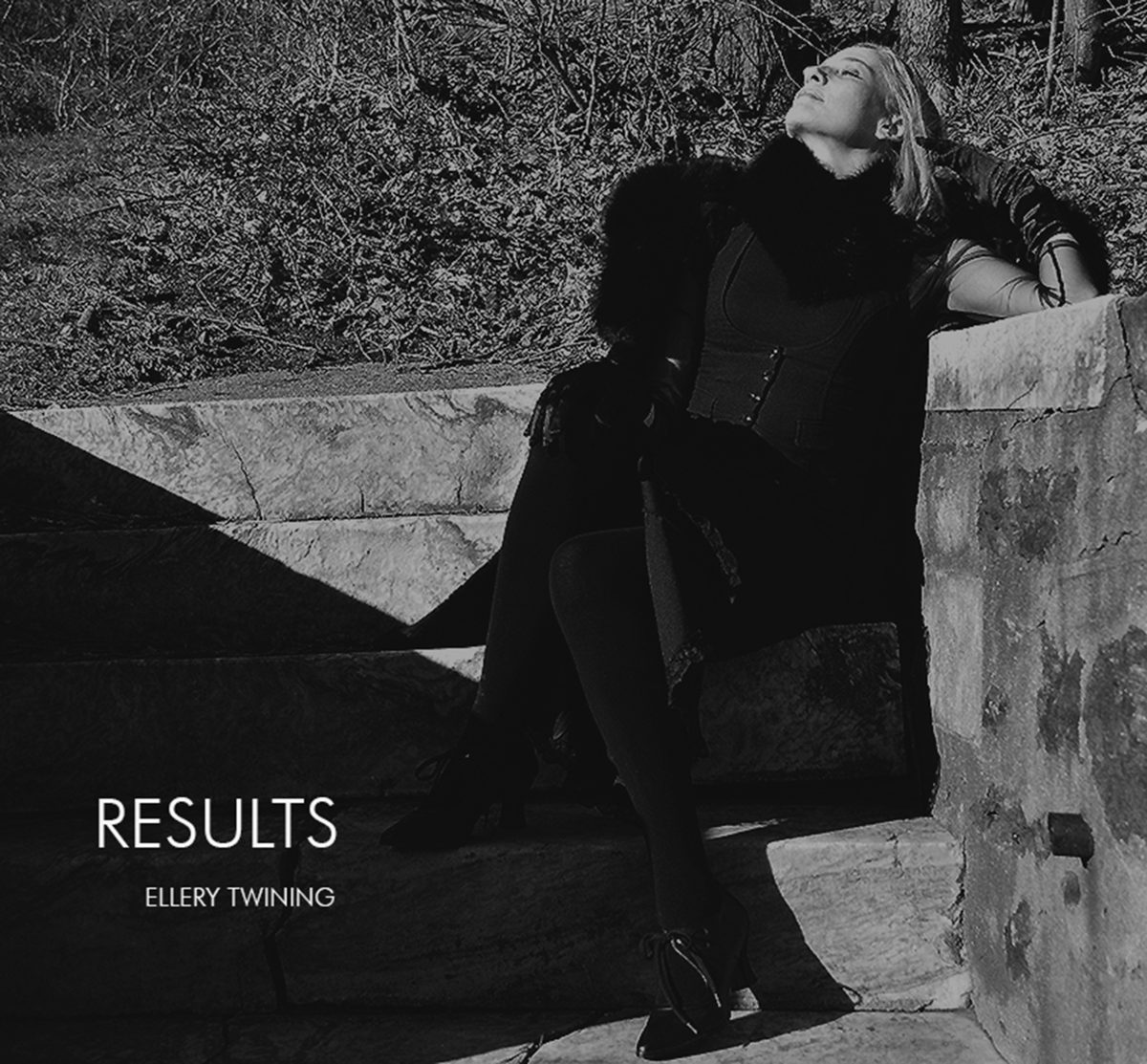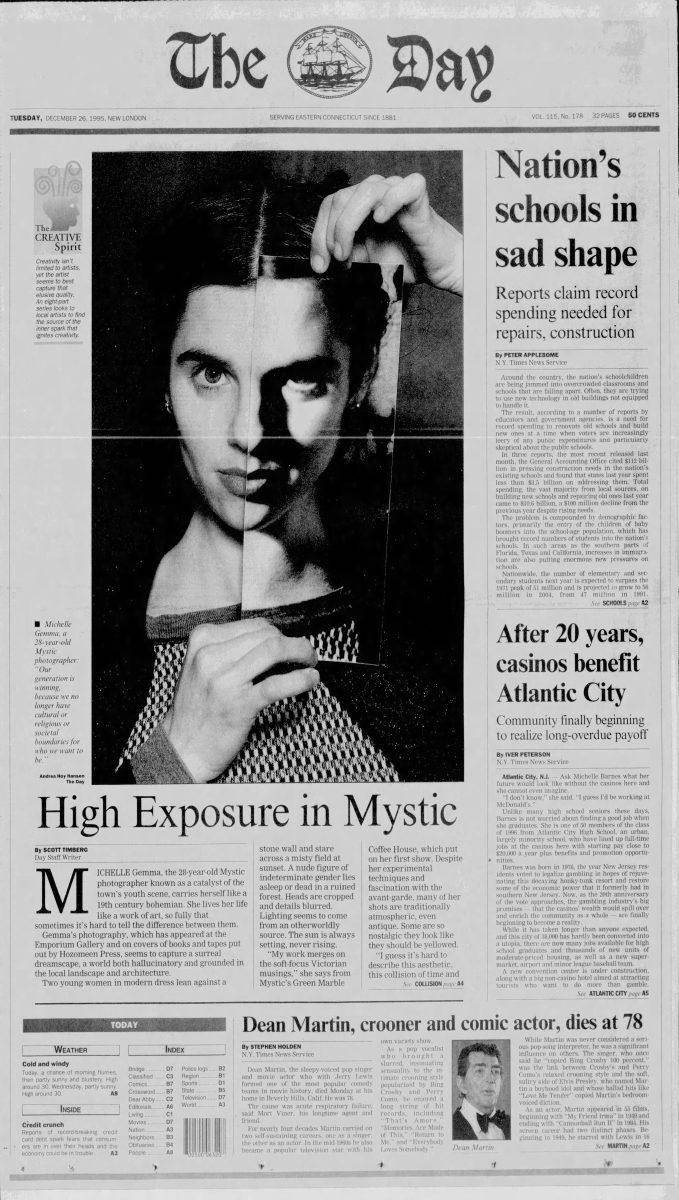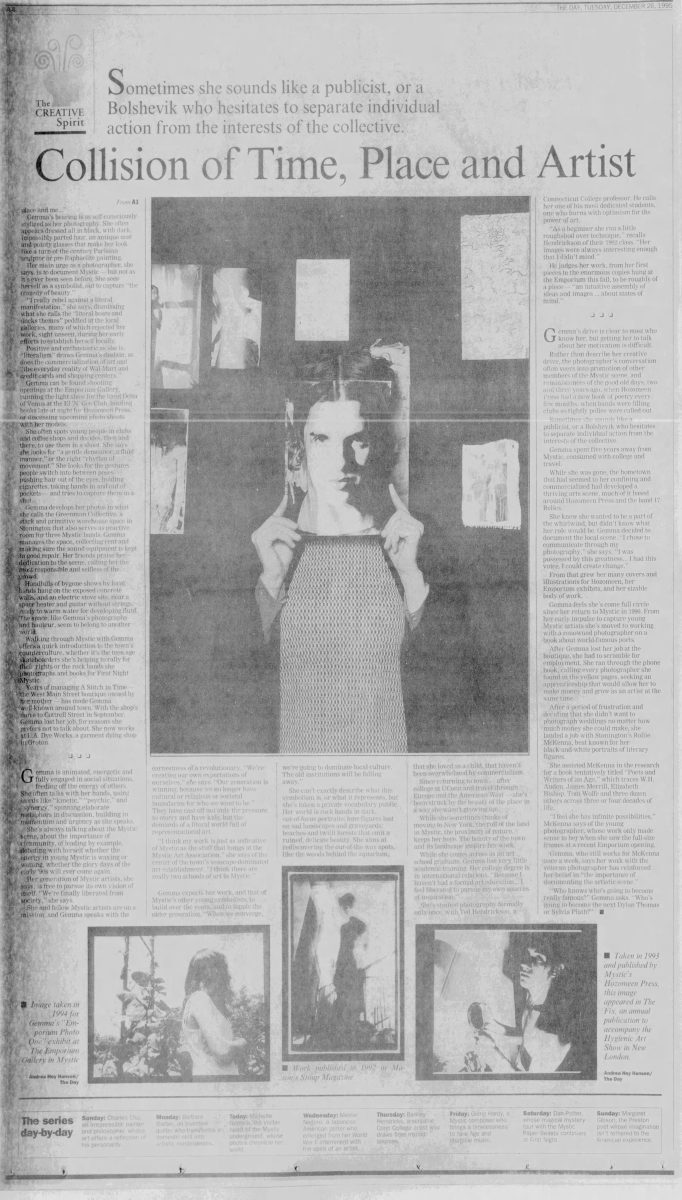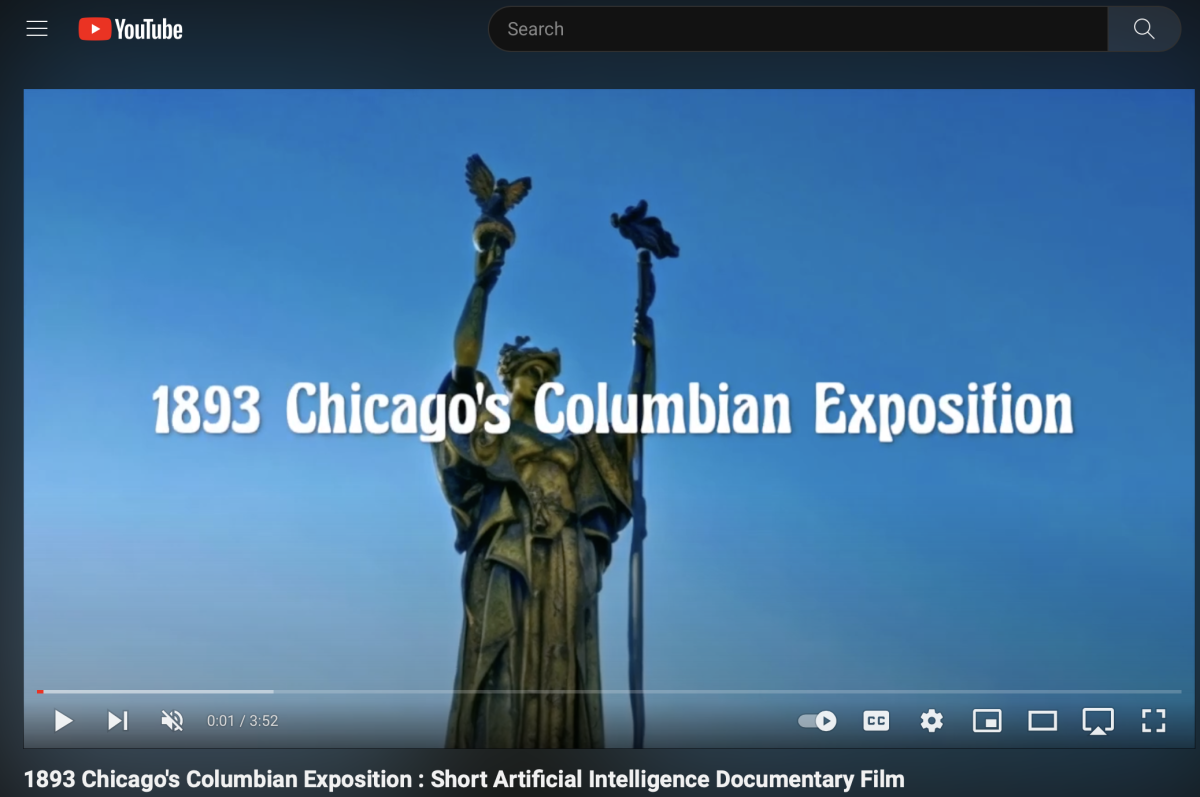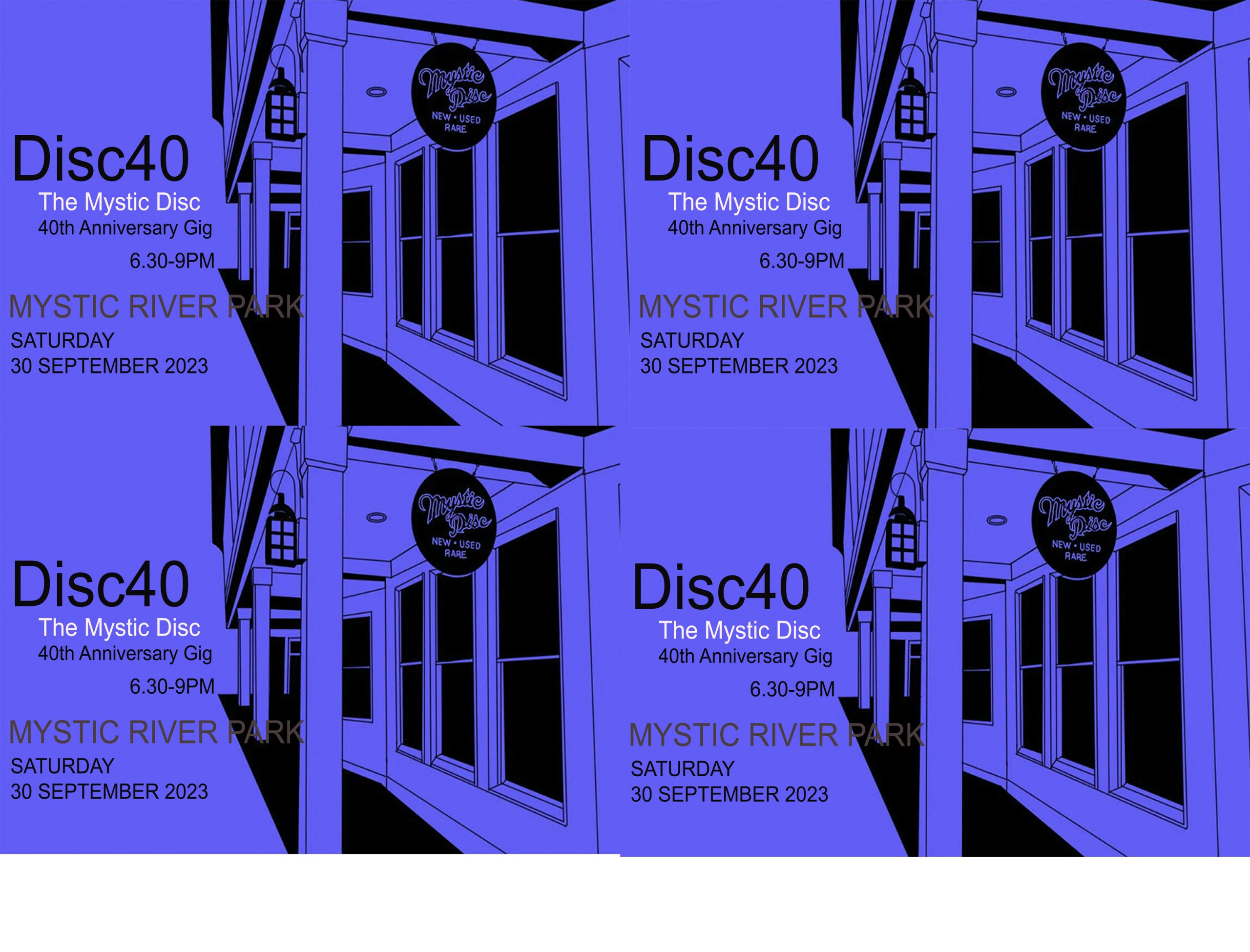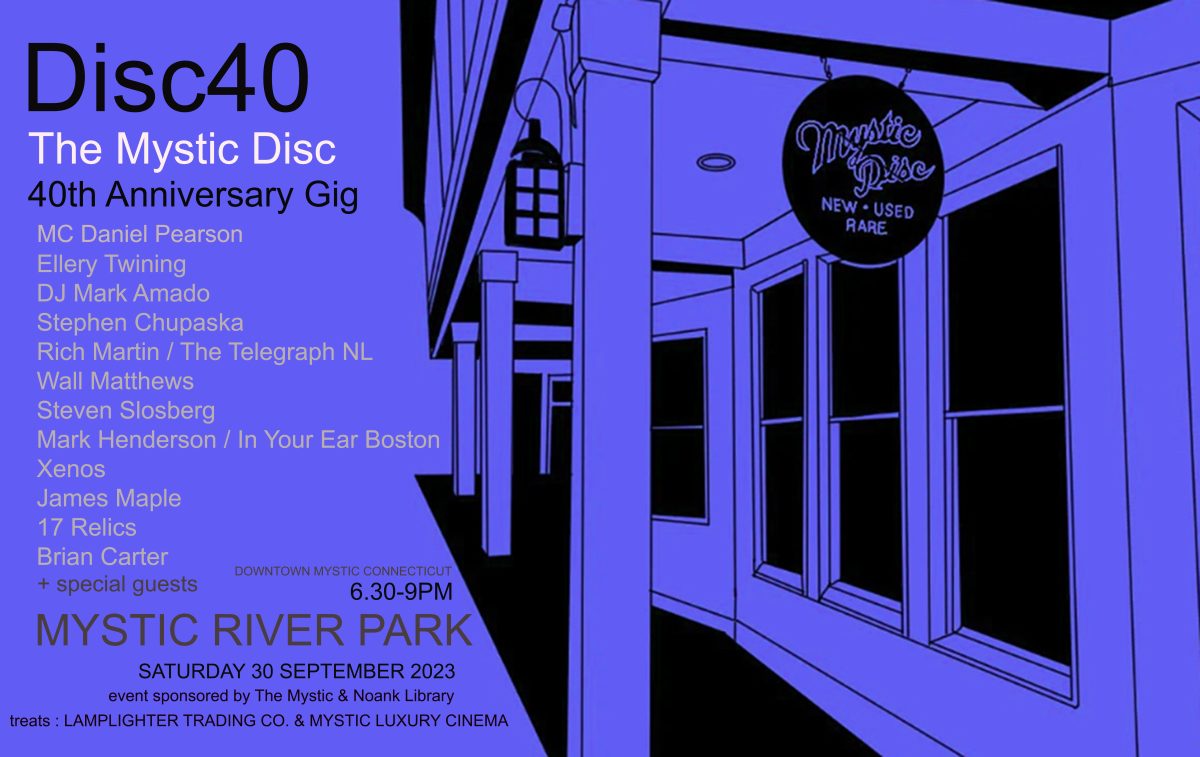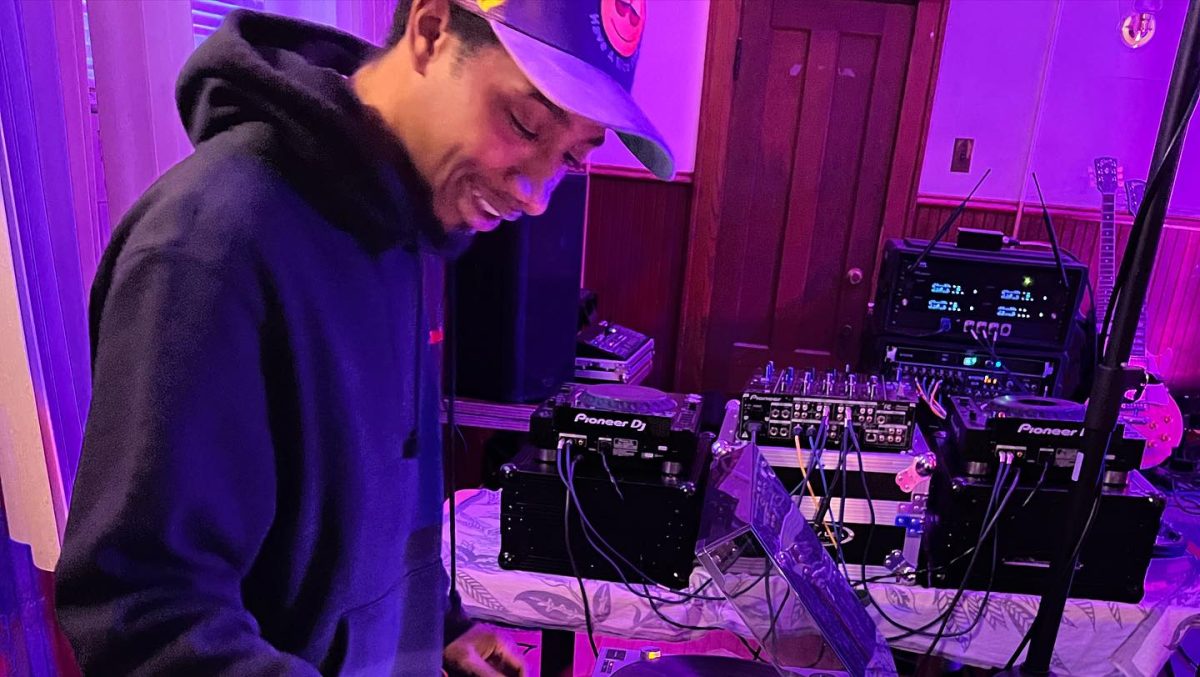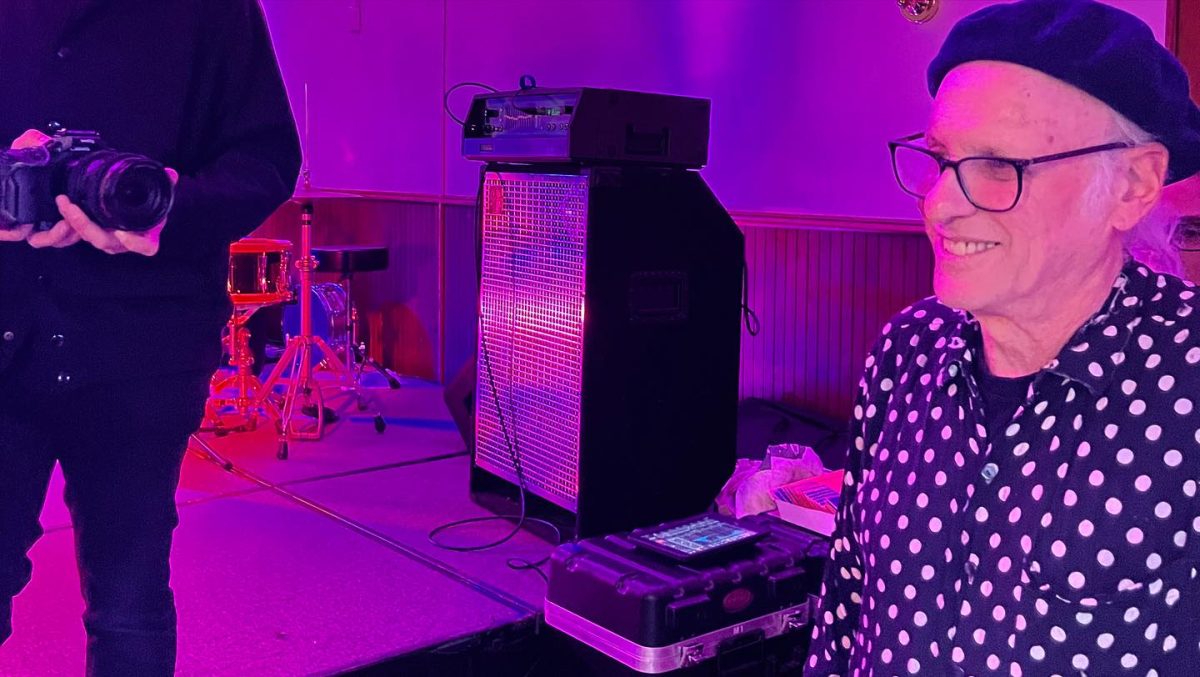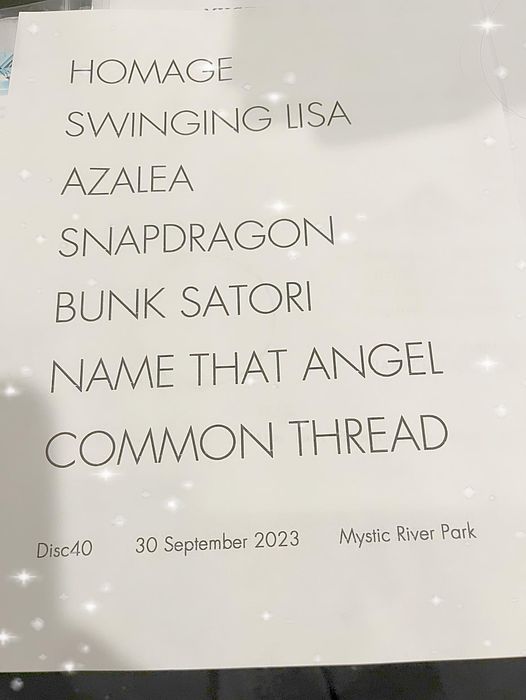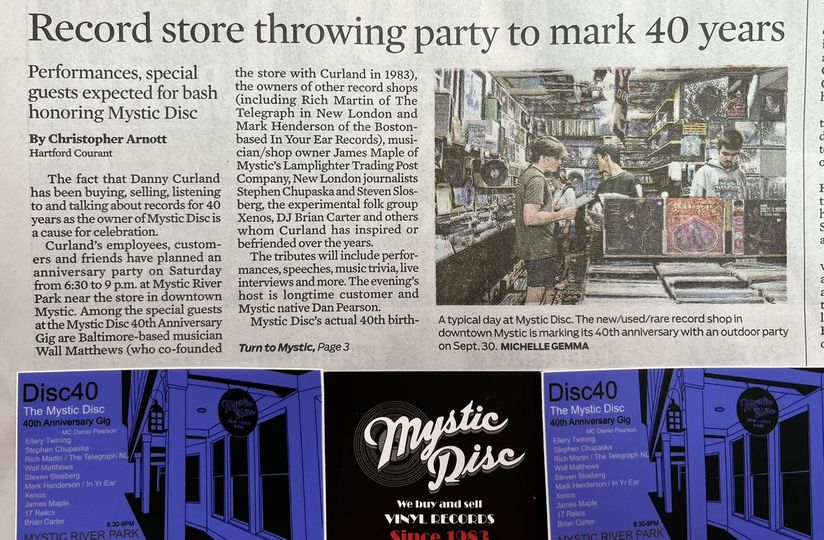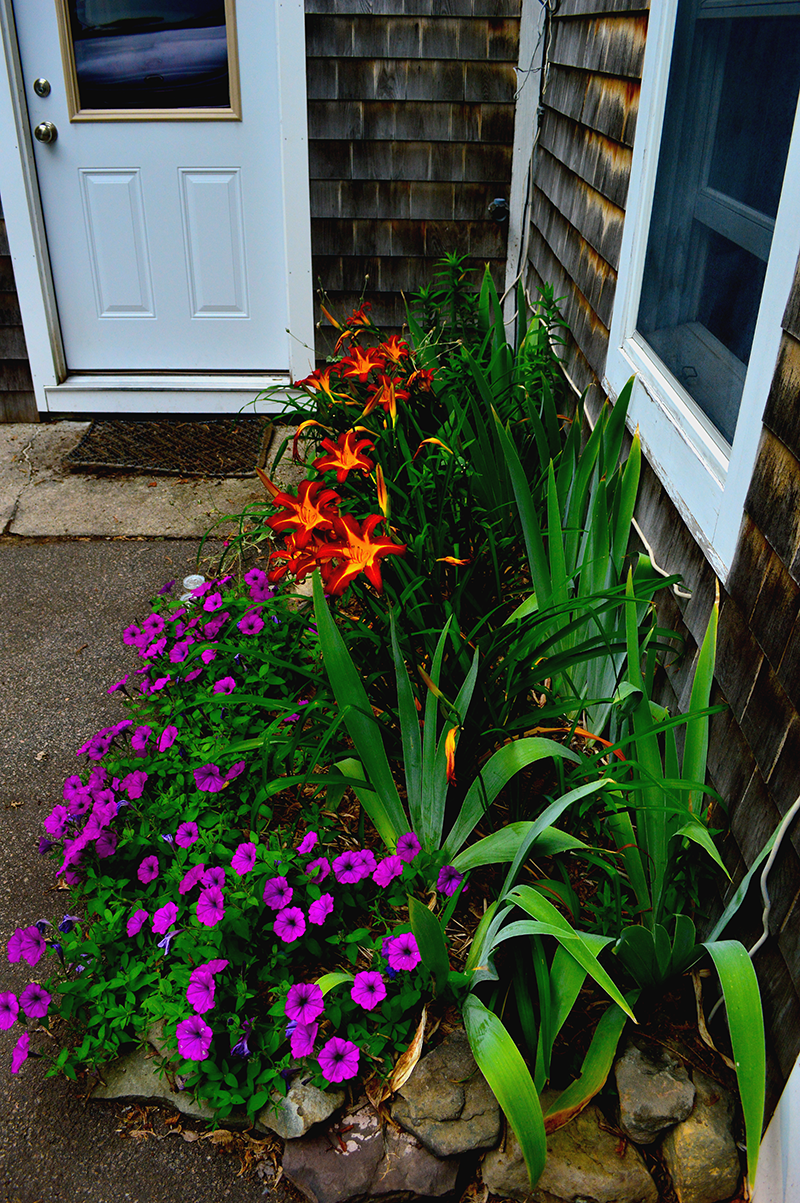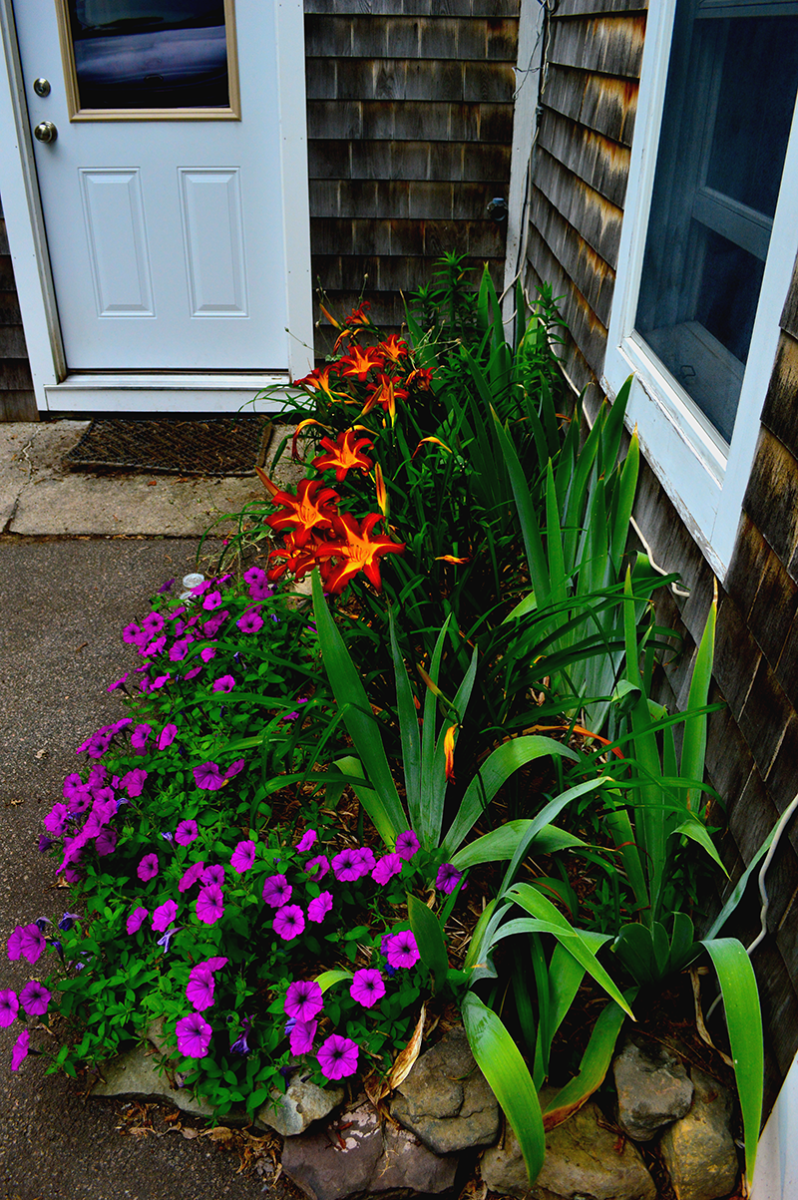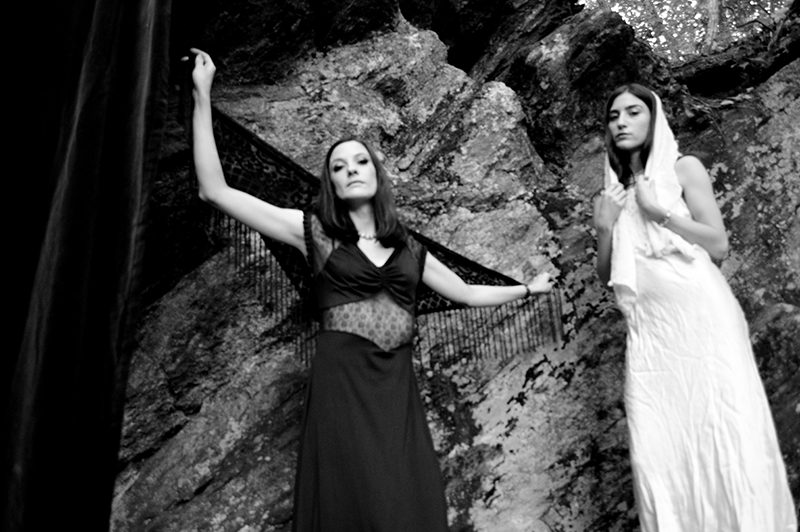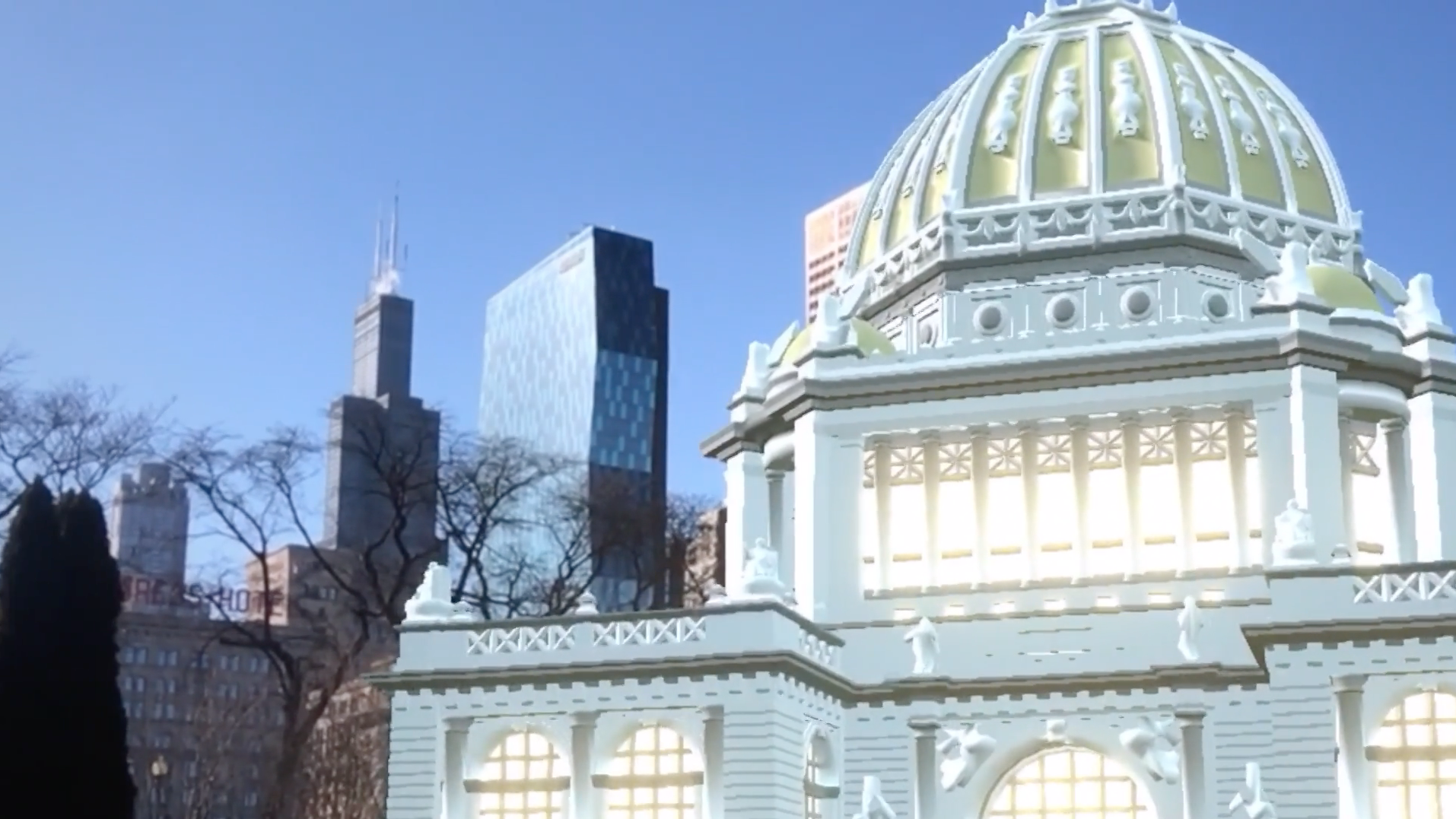Ellery Twining is ahead of his time. He foresees a post-pop era before the genre is even defined, but here and now, RESULTS convinces you that a new aesthetic is the inevitable. Before, the post pop genre hasn’t had an artist who can truly define the genre, at least not until Twining entered the scene.
Twining has something very special to share with RESULTS. Following his acclaimed debut release, the sophomore album further pushes the experimentation of form and texture. To answer the question what post-pop is, you need to first listen to his album. The album sees a translucent form of childhood nostalgia combined with a cynical look at past generations in reflection with modernity, pop, and pop culture.
The influences of RESULTS, or more accurately, its rising aesthetic is also echoed throughout different forms of contemporary art. In literature, there’s a rising of non-linear storytelling and expressiveness, which focus on individual artistry and creativity and sees narratives bend the rules of genres. RESULTS share the same thread of individuality, liberation, and expressiveness. Twining’s non-fiction, personalized narrative is entered through a fluid-like deformation of pop and folk lyricism and carried out by the heart of a poet.
RESULTS in a way reminds you of glam rock, avant-garde, and punk, of which forms all share the confrontation and seeking of a more conclusive expression as new movements and changes are emerging across the globe. We are too at a change of time, and RESULTS articulates these lost and undefined feelings. Its form might still be viewed as edgy by many, but it’s well-supported by the change of narratives that are happening in the world. RESULTS doesn’t lack universal appeal. It’s more than ever resonating and needed to be heard.
